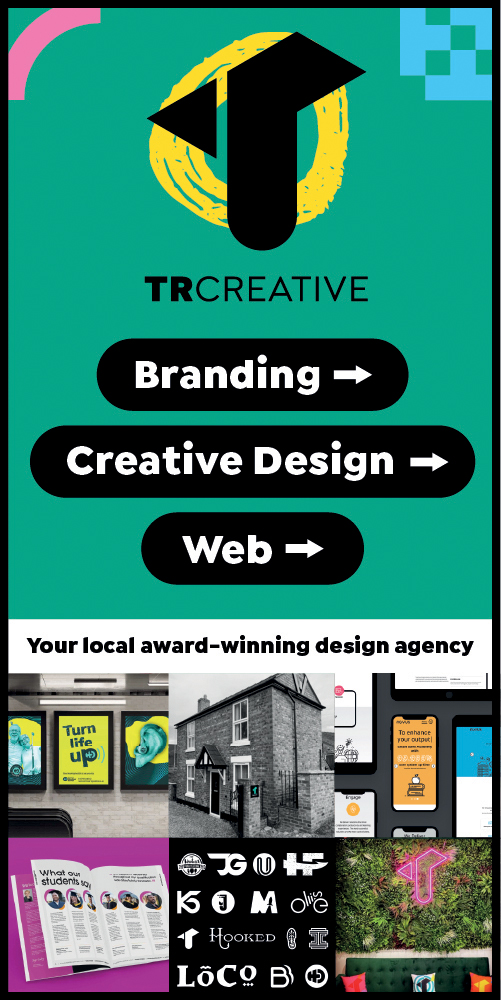
There is a fundamental gap between the vast amount of digital data we have access to and the real world in which we use it.
While our reality is three-dimensional, the wealth of information we currently have to guide our decisions and actions is stuck on two-dimensional pages and displays.
The chasm between the physical and digital worlds hinders our capacity to benefit from the deluge of data and insights generated by billions of intelligent, connected devices worldwide.
Augmented reality, a combination of technologies that superimposes digital data and visuals on the real world, has the potential to bridge this gap and unlock hitherto untapped and distinctively human talents.
This will create a bigger talent pool for companies to choose from.
So, if you want to hire someone for a career in online gaming, the search should be much easier than it is now as there will be more qualified people.
AR is ready to enter the mainstream, despite being in its early stages.
AR will impact businesses in every area and a wide range of other institutions, from universities to social enterprises.
It will change how we learn, make decisions, and interact with the physical world in the coming months and years.
It will also alter the way businesses service customers, train people, design and create products, manage their value chains, and compete.

The Pokémon Go app is the clear winner when it comes to everyday AR users.
When it was published as a free mobile app in 2016, this Nintendo gaming app surged in popularity, based on a popular playing card game from the 1990s.
Users just downloaded the app and began looking for Pokémon characters in their daily lives.
The programme uses your GPS data to establish your location and reveal virtual characters in your real-world environment.
In 2017, Pokémon Go had 60 million active users, accounting for 84 per cent of all mobile AR consumer spending.
Video game players will soon be able to join their buddies in an alternate reality using AR facial recognition and communicate with their peers using digital puppetry.
This technology may imitate your body as a character in a video by reading and analysing a player’s face.
With the use of headsets, glasses, or visors, you will be able to have a virtual depiction of yourself within the same virtual universe as your teammates.
Ready Player One, a science fiction film directed by Steven Spielberg, exemplifies this concept.

AR’s commercial advantages are beneficial in the areas of training and cooperation.
Employees can work in simulation and learn from their mistakes in a safe setting with AR.
They can exercise at their own pace and in a manner that suits them. We all learn in different ways, which is one of the reasons why AR is so beneficial when it comes to training.
AR engages us through our senses and offers a different way to learn.
AR enables education to be personalised to a specific worker’s experience or the frequency of particular faults.
For example, if someone makes the same error often, they may be obliged to use AR assistance until their work quality improves.
Furthermore, AR saves time and money on travel and equipment, particularly when linking remote workers.
The augmented reality experience can be shared.
Each teammate will be able to see the same augmented or mixed reality experience.
Remote collaborators can also receive visuals and data via PCs or smartphones.
AR improves cooperation and decision-making by boosting what can be seen, heard, and shared among workers.
AR can also aid in the communication of business and industrial teams functioning in different regions of the world.
Although instant messaging and video conferencing are becoming more popular in the workplace, they lack the tone and body language required to connect effectively with coworkers.
Because AR can create a more realistic meeting, it will be vital to keep team members engaged.
Other benefits include:
● It allows clients to try out a product before buying it. Organisations will be able to collaborate with customers by allowing them to virtually tour stores and try out products using augmented reality. For example, a car dealership can provide buyers with the opportunity to take a virtual and immersive test drive of the vehicles they desire to buy.
● Virtual prototyping and development — A project team can analyse and engage with a product without dealing with an actual prototype. Virtual reality-based prototypes are created by several companies in the early stages of development. For example, Boeing employs this technology to display 3-D blueprints to assist with aeroplane wiring.
● Better critical reaction management – In a public emergency or a hazardous scenario, AR allows a physically remote response team to provide quick feedback. As a result, it reduces unnecessary risk and enables the management team to promptly examine, comprehend, and resolve the issue.
There are many uses for augmented reality and virtual reality technologies, and the most well-known tech firms are putting them to work in ways that benefit their businesses.
For example, ARKit is Apple’s AR development platform for iPhone and iPad. Google also offers ARCore, an AR developer platform with the most powerful MR capabilities.
These industry experts and their augmented reality technologies are laying the groundwork for a futuristic workplace that is more mobile and adaptable than any other.
(Images by Pexels, free to use licence)


















Recent Comments